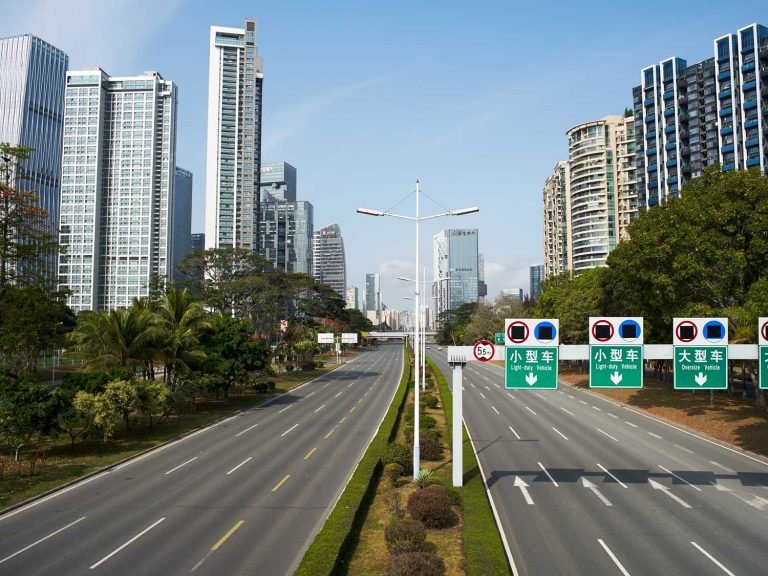
Date:
China lockdowns impact on logistics
Following their seven-day lockdown, Shenzhen has reopened for business, but it could take weeks for cargo flows to recover, with vessels queuing and Yantian port throughput down 40%, amid concerns that COVID surges in other regions will affect supply chains, as strict controls, restrictions on inland transport, extensive testing and lockdowns has ramifications on supply chain operations.
With a third of the world’s manufacturing capacity based in China, supply chain disruption is a really big deal, particularly so in Shenzhen, which is home to major tech manufacturers and half of China’s eCommerce exporters.
So, when Shenzhen went into lockdown last week after a massive surge in Covid cases (by Chinese authority standards) , it sent shockwaves through supply chains, with restrictions since widening to major provinces like Shanghai, Jilin and Guangzhou.
The number of ships waiting at Chinese ports has risen, with 34 vessels waiting outside Yantian (compared to an average of seven a year ago), which is the same port which closed due to COVID, causing major delivery delays over Christmas.
Maersk has forecast that vessel waiting times will increase in Shenzhen and that COVID flare-ups will cause port pressures at key gateways including Qingdao, Shanghai and Ningbo.
The new COVID control measures come at a time when manufacturing was just starting to recover after the Chinese Lunar New Year holidays, but while China’s Covid measures are drastic, most don’t last too long, which means short-term disruptions but then, things get back to normal relatively quickly.
President Xi Jinping affirmed just last week that China would stick to its zero-COVID policy, but he also emphasised that pandemic measures should not cause economic pain.
If China continues with its zero or close-to-zero COVID strategy (very likely for various reasons), it may be China’s economy and the global consumers it supplies, who will feel the real pain.
Ocean carriers are assessing the impact of the muted CNY/COVID-lockdown throughput and are considering whether to hold ships or blank sailings until they can achieve full load factors. Many already are and have announced changes to schedules, in essence withdrawing and restricting supply.
The lines simply don’t want to sail ships that are only partially full from China, when they know there is cargo held back in the system, that will be released as production, warehouse and trucking operations return to normal.
There have been more than 7,000 COVID cases in China, in the first two weeks of March, which is the biggest surge since the start of the pandemic and with more lockdowns and restrictions likely, the disruption to trucking and freight infrastructure will increase delays in despatching cargo by air and sea.
The southern Chinese manufacturing hub of Dongguan has imposed strict COVID control measures and many businesses have been ordered to suspend operations or operate at a reduced capacity, whileChina’s largest city, Shanghai, has shut schools and public parks, with people told to work from home, while warehouses and terminals operate as normal.
Reduced land-side trucking capacity is expected to continue at all main ports, due to the current pandemic-safe operating regime, with long waiting times for control and restrictions for travel, effectively reducing the capacity available for cargo collections and deliveries.
The remote working of many companies is impacting operating capacity, effectiveness and the speed of communication, which means factories may not meet planned delivery schedules, which is why we recommend checking with your vendors, to clarify the status of your orders.
Metro’s cloud-based supply chain management platform, MVT, simplifies the most demanding global trading regimes, by making every milestone and participant in the supply chain transparent and controllable.
With end-to-end visibility across the extended supply network and global control down to individual SKU level, it is simple to adapt to external developments. Changing supply lines, managing existing or adding new vendors, monitoring product flows and outbound order data, from any location.
To discuss how our technology could support your supply chain, please contact Simon George our Technical Solutions Director or Elliot Carlile.
